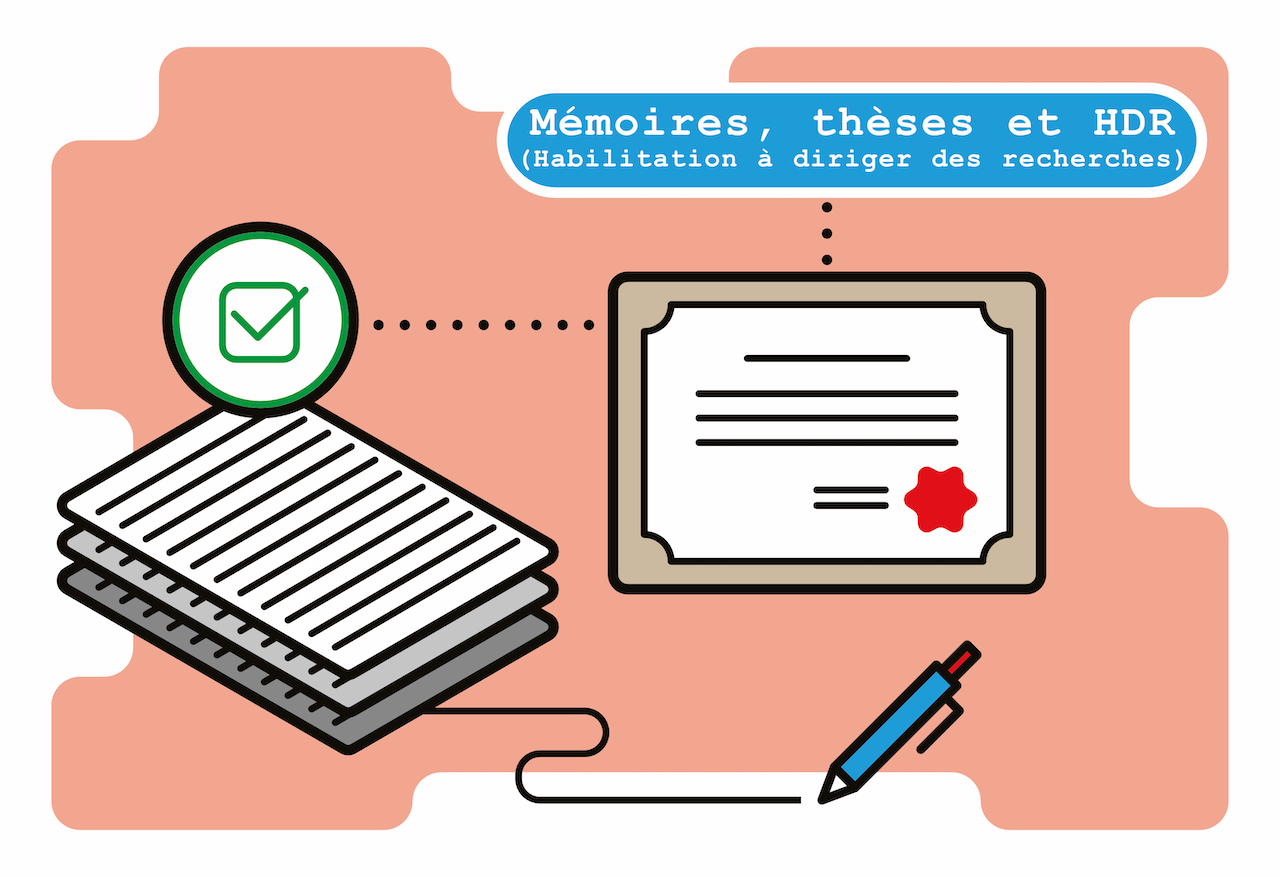Australia in tourist age : the conservation society L'Australie du tourisme ou la société de conservation
Fiche du document
21 novembre 2002
- ISIDORE Id: 10670/1.7f33ca...
- NNT: 2002PA070061
- tel: tel-03998209
info:eu-repo/semantics/OpenAccess
Citer ce document
Patrick Poncet, « L'Australie du tourisme ou la société de conservation », HAL SHS (Sciences de l’Homme et de la Société), ID : 10670/1.7f33ca...
Métriques
Partage / Export
Résumé
Dans le monde occidental, à la suite du chamboulement transitoire postmoderne, un mouvement de civilisation émerge, qui conduit des sociétés à s’organiser en fonction d’un objectif globalement conservatoire ; c’est le cas de l’Australie. Elles réinterprètent ainsi la notion de progrès, reconsidérant la place et le rôle qu’elles accordent au passé et à l’avenir, et donc leur propre rôle dans l’histoire et le Monde, redéfinissant les bases spatiales de l’identité et des processus d’identification. Nous nommons ce modèle la « société de conservation », étayée par une « culture de conservation ».Au géographe, la conservation pose le problème des points fixes de l’espace, et de la permanence des localisations. Pourquoi le lieu, qui est en permanente recomposition, n’est pas aussi en permanente relocalisation ? Longtemps, la question a trouvé une réponse provisoire, parfois naturelle, partant du principe que le passé s’imposait soit matériellement, soit idéellement au présent. Entre héritages et mémoires, entre bâti et patrimoine, la pensée de la permanence en Géographie était dominée par les figures de l’enracinement des hommes et de l’immobilité des pierres, fruit d’une approche surtout attentive aux obstacles. Il s’agit maintenant de penser le « lieu légitime ».Notre propos est ainsi l’étude de la médiation spatiale dans la fabrication identitaire et la transmission. Ensemble de faits, approche du social, et époque historique, le tourisme est un des agents contemporains de l’identité. Ainsi, nous invitons à l’abandon des problématiques identitaires qui placent le tourisme en position de menace de l’identité, de facteur d’instabilité, ne confinant qu’à des conclusions conformes aux biais des hypothèses qui les fondent.Trois éléments — des objets spatiaux, des temps, des lieux — sont ainsi mis en relation pour éclairer autant que possible les logiques spatiales de la conservation à l’échelle d’une société.
